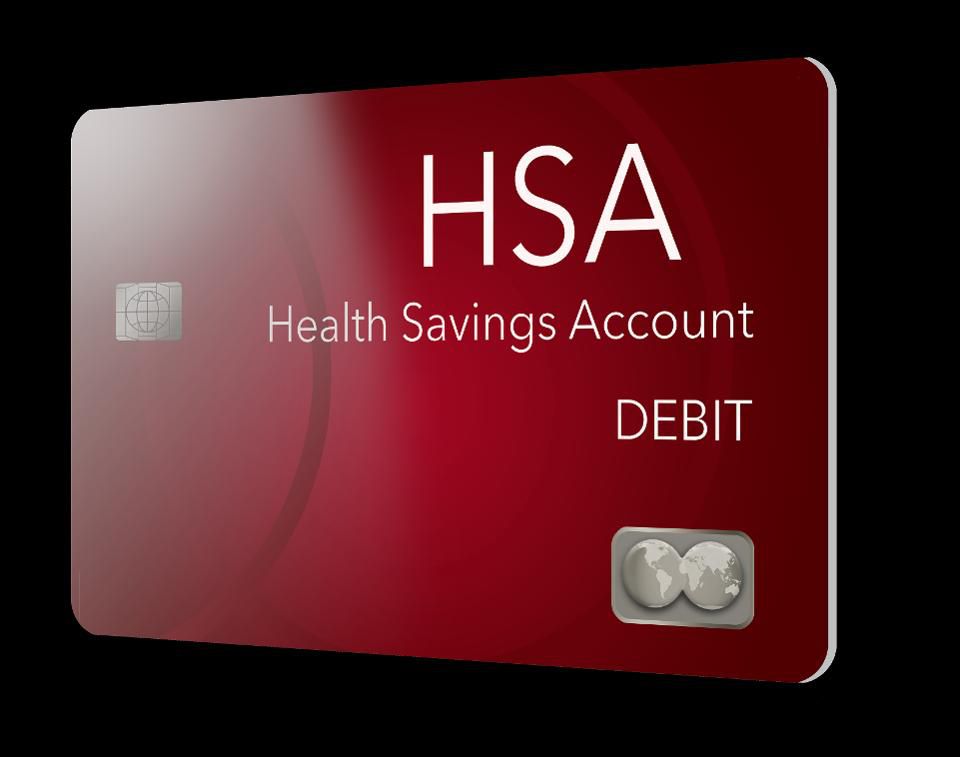Health savings accounts offer unrivaled triple tax advantages. Contributions to HSAs are tax-deductible, the investments and interest in the accounts grow tax-free, and distributions aren’t taxed if you use them for qualified medical expenses, such as doctor’s visits, prescription drug costs and dental care. These tax breaks are better than what you will find in 401(k)s, traditional and Roth IRAs and 529 college savings plans. The catch is that you can only access an HSA if you have a high-deductible health plan.
The problem for many account holders is that few HSAs work well as both a spending account for medical costs and an investment vehicle for retirement. The worst HSAs are loaded with fees, require you have at least $2,000 in the account to begin investing, and offer low interest and poor investment options.
The HSA market is slowly getting better. The quality of investments across HSA plans has improved since last year, said Leo Acheson, associate director of multi-asset strategies and alternative strategies for investment research firm Morningstar. At least half of the investment options offered by the 10 major HSA plans Acheson has studied for the past two years now have funds with gold, silver or bronze ratings from Morningstar analysts.
Acheson has a straightforward list for what spenders and investors should look for in an HSA. For spenders, you want a checking account without a lot of fees, that offers reasonable interest and provides FDIC insurance. For investors, HSAs should charge low fees for both active and passive funds, offer investment strategies in core asset classes, limit overlap among investment options, and allow you to invest with your first dollar, not after you have thousands in the account.
Investment fees vary significantly among HSAs. Across the 10 major HSA providers that Acheson studied, the average cost for index funds ranges from roughly 0.30% to 0.75% annually, and the average for active funds from about 0.80% to 1.20%.
Overall, Acheson found that The HSA Authority, run by Old National Bank, offered the best HSA plan for both spenders and investors. Yet The HSA Authority is not perfect. The account has the second highest additional fees among the 10 providers studied. However, these fees, such as charges for replacing debit cards, receiving paper statements and closing accounts, can be easily avoided, Acheson said.
Though HSAs have improved, providers could do more to help spenders and investors.
“The very basic information you need to compare one HSA plan to another is hard to find,” Acheson said. “The market could be more transparent.” Only four of the 10 plans Acheson evaluated disclose relevant fees, interest rates and investment lineups on their websites, and call centers often struggled to provide him information.
The reason why it is hard for many people to find out HSA details from top providers is that they also offer HSAs through employers. Workplace HSAs can vary substantially from those offered to individuals because employers can negotiate lower fees and more investment options with providers.
“Much of the growth in HSAs has come from the corporate market,” said Eric Remjeske, president and co-founder of Devenir, an HSA consulting firm in Minneapolis.
Morningstar’s HSA report “focused a lot on fees, but not on features,” Remjeske said. Online calculators, robo-advising tools for investing, and automatic rebalancing can be meaningful to account holders, he said, and Morningstar didn’t evaluate those nuances.
Since employers are driving the growth of the HSA market, consider your workplace HSA first if you have one. This is especially if your employer offers matching contributions. (The average HSA employer contribution is $658 this year, according to Devenir.)
Morningstar’s HSA report gives you a good way to benchmark your employer’s offering. If you don’t like the HSA your employer has picked or you are self-employed, look elsewhere. As long as you have a high-deductible health plan, you can use any HSA you want. HSASearch, run by Devenir, helps you comparison-shop from more than 540 providers beyond the 10 accounts Morningstar analyzed.
Origianl source:
https://www.forbes.com/sites/tomanderson/2018/11/13/best-health-savings-account-morningstar/#5da1b5725e35













